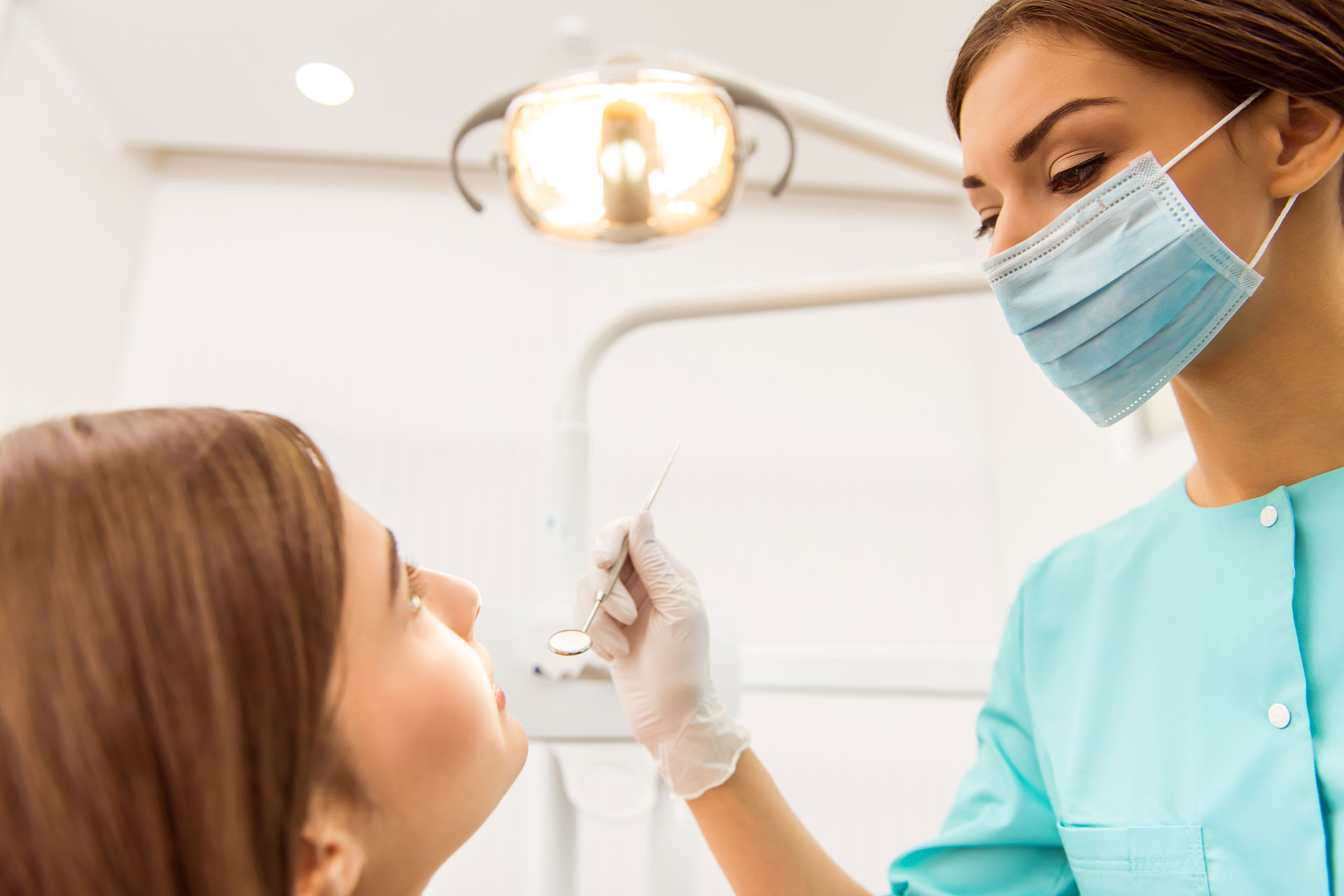Sedation dentistry involves using medication to help patients relax and remain comfortable during dental procedures. It can range from mild relaxation to complete unconsciousness, depending on the procedure and patient needs.

What is SEDATION DENTISTRY? A Deeper Dive
There are varying levels of sedation dentistry based on your unique needs. Factors include your level of anxiety, the length of your procedure, your health history and personal preferences.
The most common types of sedation dentistry include nitrous oxide, oral conscious sedation and intravenous (IV) sedation.
Diagnosing the Need for SEDATION DENTISTRY: Signs and Symptoms
People of all ages can benefit from sedation dentistry, including children. Dentists often recommend this option for those with:
The Procedure: What to Expect During SEDATION DENTISTRY
Anesthesiologist gives you sedative medications before beginning your procedure. You’ll still receive local anesthetic to numb your teeth and gums, but your dentist usually does this once you’re already feeling comfortable from the sedatives.
Technology
Diagnosing the Need for SEDATION DENTISTRY: Signs and Symptoms
People of all ages can benefit from sedation dentistry, including children. Dentists often recommend this option for those with:
Diagnosing the Need for SEDATION DENTISTRY: Signs and Symptoms
People of all ages can benefit from sedation dentistry, including children. Dentists often recommend this option for those with:

“Welcome to Platinum Dentistry, where your smile is our top priority. Our expert team offers comprehensive dental care, specializing in general dentistry, endodontics, orthodontics, and cosmetic dentistry. We are dedicated to providing personalized care with state-of-the-art technology in a comfortable and welcoming environment. Whether you need routine cleanings, braces, a root canal, or a complete smile makeover, our skilled professionals are here to ensure you receive the highest quality treatment.
WhatsApp us